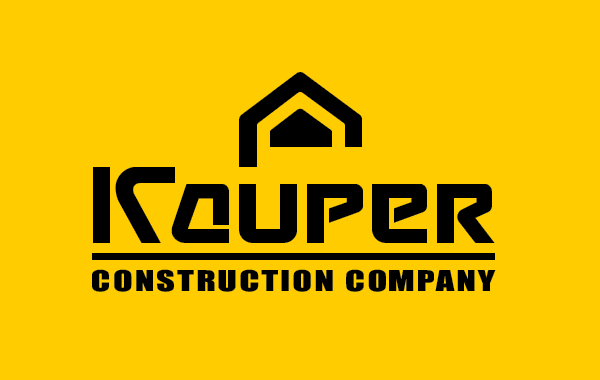Materials for Office Construction: Choosing Between Quality and Budget

When constructing offices, it is crucial to choose the right materials, considering both quality and budget. The choice of materials impacts the durability, aesthetics, energy efficiency, and comfort of the workspace. In this article, we will explore the primary materials used for office construction and discuss how to balance quality and budget.
Key Materials for Office Construction
1. Building Materials for Frame and Walls
Brick
Brick is a traditional building material that provides high strength and durability. It is well-suited for office construction but can be more expensive than alternatives.
Aerated Concrete Blocks
Aerated concrete blocks are lighter and cheaper than brick while offering good thermal and sound insulation. They are easy to work with, which reduces construction costs.
Steel Structures
Steel structures are used for frame construction of offices. They are quick to assemble, strong, and durable. However, the cost of steel can be high, especially when using high-quality anti-corrosion coatings.
2. Interior Finishing Materials
Drywall
Drywall is widely used for interior walls and ceilings. It is lightweight, inexpensive, and easy to install. However, drywall is not suitable for high-humidity areas.
Plaster
Plaster provides a smooth and even surface that can be painted or decorated. It is more durable than drywall but requires more time and effort to apply.
Paint
The choice of paint affects the aesthetics and durability of the office. High-quality paints have better resistance to wear and fading but can be more expensive.
3. Flooring
Linoleum
Linoleum is an inexpensive and easy-to-install flooring option suitable for low-traffic office areas. However, it may wear out quickly and need replacement.
Laminate
Laminate is a popular choice for offices due to its cost, appearance, and durability. It is easy to install and comes in various designs. However, laminate is less resistant to moisture.
Ceramic Tile
Ceramic tile is durable, wear-resistant, and moisture-resistant, making it suitable for high-traffic office areas. However, tile installation can be costly.
4. Windows and Doors
Plastic Windows
Plastic windows are energy-efficient and relatively inexpensive. They provide good sound insulation and are easy to maintain.
Aluminum Windows
Aluminum windows offer high strength, durability, and an attractive appearance. However, they are generally more expensive than plastic alternatives.
Wooden Windows and Doors
Wooden windows and doors give the office a natural and prestigious look. They are environmentally friendly but require regular maintenance and can be costly.
Balancing Quality and Budget
Setting Priorities
Before starting construction, it is important to set priorities: what is more important – high quality and durability of materials or reducing costs? This will help make the right choice of materials that meet the requirements of your project.
Finding Compromises
Often, compromises can be found between quality and budget. For example, using cheaper materials in less important areas of the office and investing in high-quality materials for key areas.
Assessing Long-Term Costs
When choosing materials, consider not only the initial costs but also the long-term costs of maintenance and replacement. Sometimes more expensive materials can be more cost-effective in the long run.
Consulting Professionals
Consulting with architects and construction experts will help make an informed choice of materials, considering all aspects of the project and budget.
Conclusion
Choosing materials for office construction is a complex process that requires consideration of quality, cost, and durability. Finding a balance between these aspects will help create a functional, aesthetically pleasing, and economically efficient office. It is important to carefully plan and evaluate all options to achieve the optimal result for your business.

